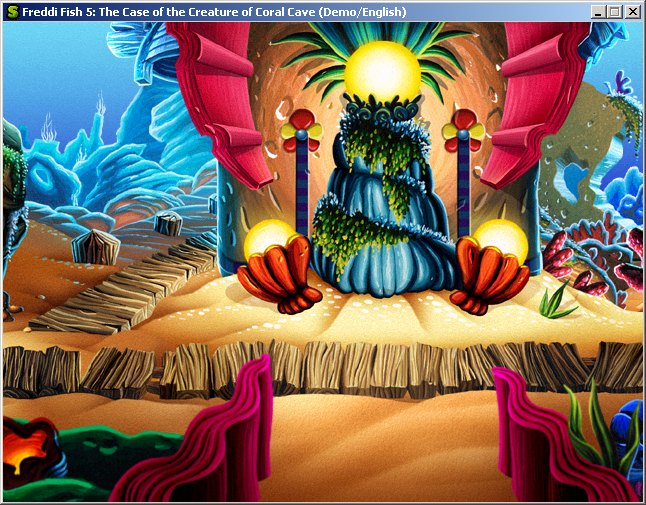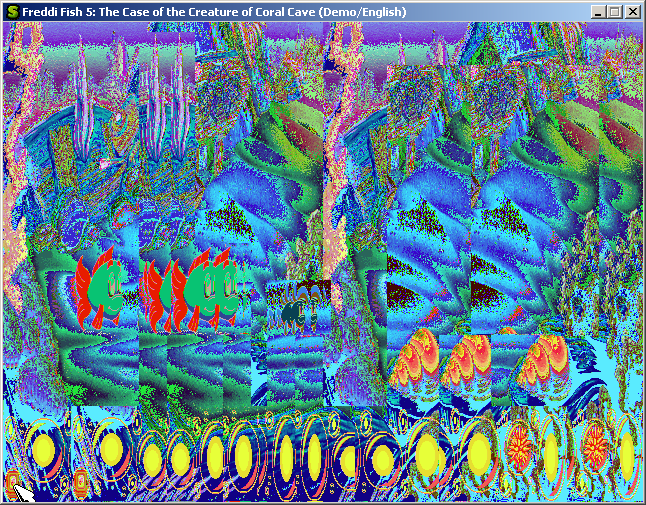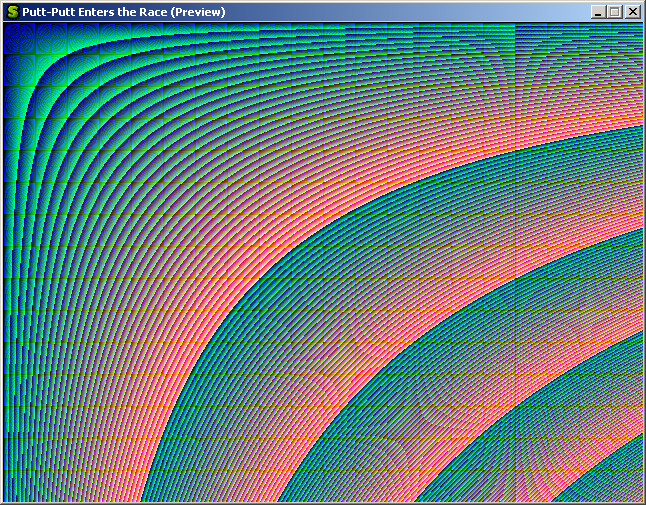If the prior post is to be taken as a checklist, the first item can now be crossed off.

Many thanks to Kirben for the help he provided in locating this resource.
To answer some questions, I’ve gotten, and to note that I am deviating slightly from my mentor’s suggestion while he is on vacation, I am making this post about my current and future plans.
Before I start, though, I should mention that, for the duration of Summer of Code, it has been required of me that all the 16-bit code be compile-time optional, and impact 8-bit performance minimally if at all.
Now, the steps I see before me (in broad strokes):
That’s all for now, but I’m sure there are several more points that will make themselves aware to me before my time is
done.
So, I’ve got the SDL backend set up with a 16 bit game screen, and copyRectToScreen set up to use it instead of the 8bpp one. Currently, for testing purposes, it just assumes that all pixel data passed from the game is 16bit RGB.
So games aren’t exactly playable with this compiled in, at the moment, as I haven’t yet begun modification of the core engine to display in 16bpp, as you can see in this screenshot of the freddicove demo

As you might see there, I still have it rendering the mouse pointer as 8bpp. This is so that I can still have a reasonable idea of what it’s pointing at and use it to find the exit button.
At _sev’s suggestion, I have changed the vCUPhe subengine to display a 16bpp gradient instead of playing humongous entertainment preview movies, in order to test the backend.
Well, it turns out the backend portion is working, fine, as you can see in this

So, this is the current state of things. I’ll be making another post a little later on with my current roadmap for the rest of the project.